One of the biggest goals in elementary classrooms is to teach students to read. Encompassed in this one goal are so many important skills (phonemic awareness, phonological awareness, phonics, decoding, vocabulary, background knowledge, language acquisition, comprehension skills) that each take time to teach. It is easy to feel like there is not enough time in the school day to accomplish all these goals and get to teaching other subjects. Oh yeah! -math, science, and social studies need to be taught too!
The Fordham Institute recently conducted a study on social studies instruction in elementary classrooms and had some surprising findings about the intersection between reading and social studies: “Increased instructional time in social studies—but not in ELA—is associated with improved reading ability.”
This study is consistent with the Science of Reading that has renewed interest in our schools. Content knowledge (building background knowledge and vocabulary) is one of the most important parts of building comprehension. Language comprehension-one of the large parts of Scarborough’s Reading Rope-builds skilled readers.
Have no fear, this writer has an easy way to incorporate this best practice knowledge without adding one more thing to your already full school day: Interactive Read Alouds. Interactive Read Alouds have so many benefits for readers of all ages. They build community, background knowledge, vocabulary, and comprehension skills all in one 20-minute lesson. Consider using engaging picture books to connect these reading skills with your social studies content. By getting creative with your reading block, you can successfully integrate social studies standards and ELA standards. The cherry on top? Research shows that this is the best way to improve your students’ reading ability!
Check out these trade books that meet your Social Studies & ELA content standards to use during your read aloud time:
Kindergarten:
S.S Standard: 3. Heritage is reflected through diverse cultures and is shown through the arts, customs, traditions, family celebrations and language.
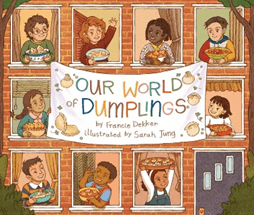

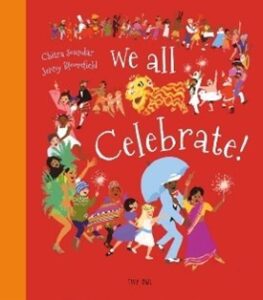
Grade 1:
S.S. Standard: 3. The ways basic human needs are met have changed over time.



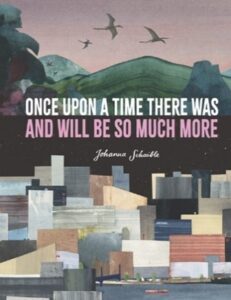
Grade 2:
S.S. Standard: 3. Biographies can show how peoples’ actions have shaped the world in which we live.

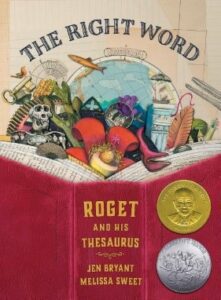

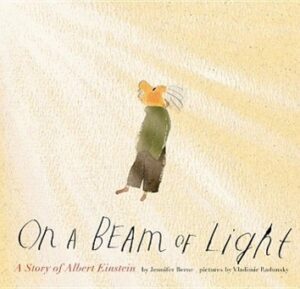
Grade 3:
S.S. Standard: 7. Systems of transportation and communication move people, products, and ideas from place to place.
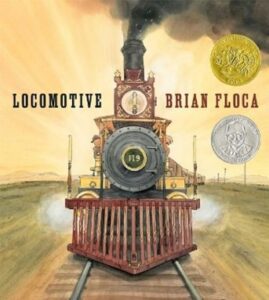
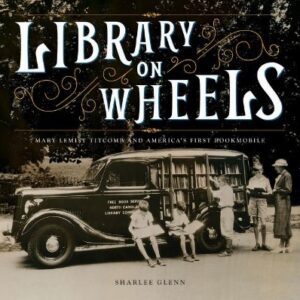
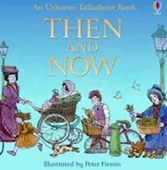
Grade 4:
S.S. Standard: 7. Following the War of 1812, Ohio continued to play a key role in national conflicts including the anti-slavery movement and the Underground Railroad.
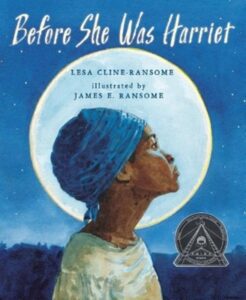

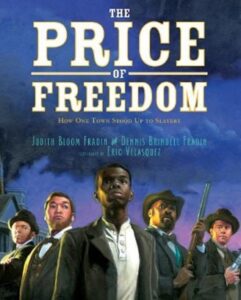
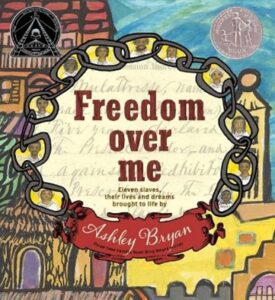
Grade 5:
S.S. Standard: European exploration and colonization during the 1400s-1600s had lasting effects which can be used to understand the Western Hemisphere today.

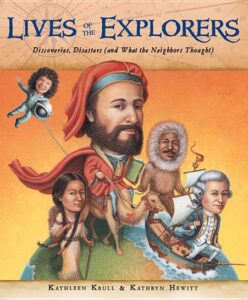
If you are interested in learning more about how the Science of Reading intersects with social studies instruction, sign up for our Professional Development training on the topic! Email us at [email protected].
References:
Adam Tyner and Sarah Kabourek. Social Studies Instruction and Reading Comprehension: Evidence from the Early Childhood Longitudinal Study. Washington D.C.: Thomas B. Fordham Institute (September 2020). https://fordhaminstitute.org/national/resources/social-studies-instruction-andreading-comprehension.
“Notable Social Studies Trade Books for Young People, 2015-2023.” TeachingBooks. Accessed December 12, 2023. https://www.teachingbooks.net/tb.cgi?wid=79.
Okello, Dr. Betsy. “The Power of Read Alouds // How to Perform an Effective Interactive Read Aloud.” The Power of Read Alouds // How to Perform an Effective Interactive Read Aloud | Institute for Educational Initiatives, January 28, 2021. https://iei.nd.edu/initiatives/notre-dame-center-for-literacy-education/news/the-power-of-read-alouds-how-to-perform.
________________________________________________________________________
Blog image citation:
Penn, Kimberly. Shirley Windless sits in front of her morning kindergarten class, Martin Luther King, Jr. School, approximately 1983-1984. Photograph. Toledo, 1983. Toledo Lucas County Public Library Digital Collections.